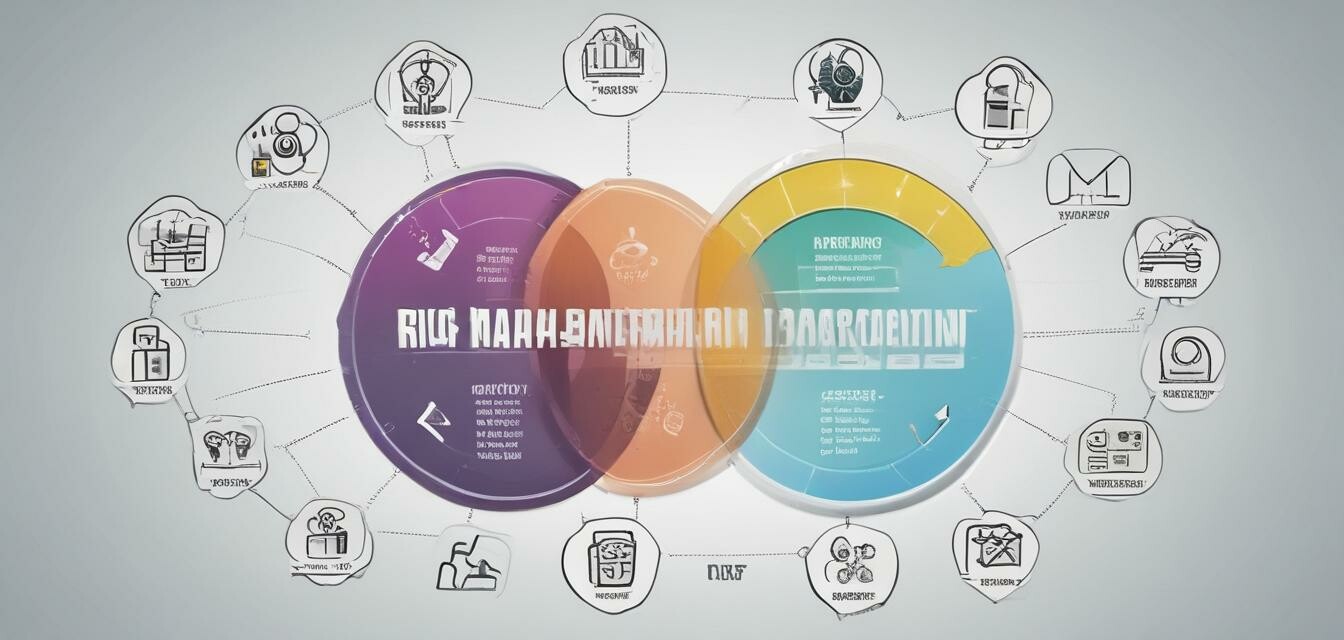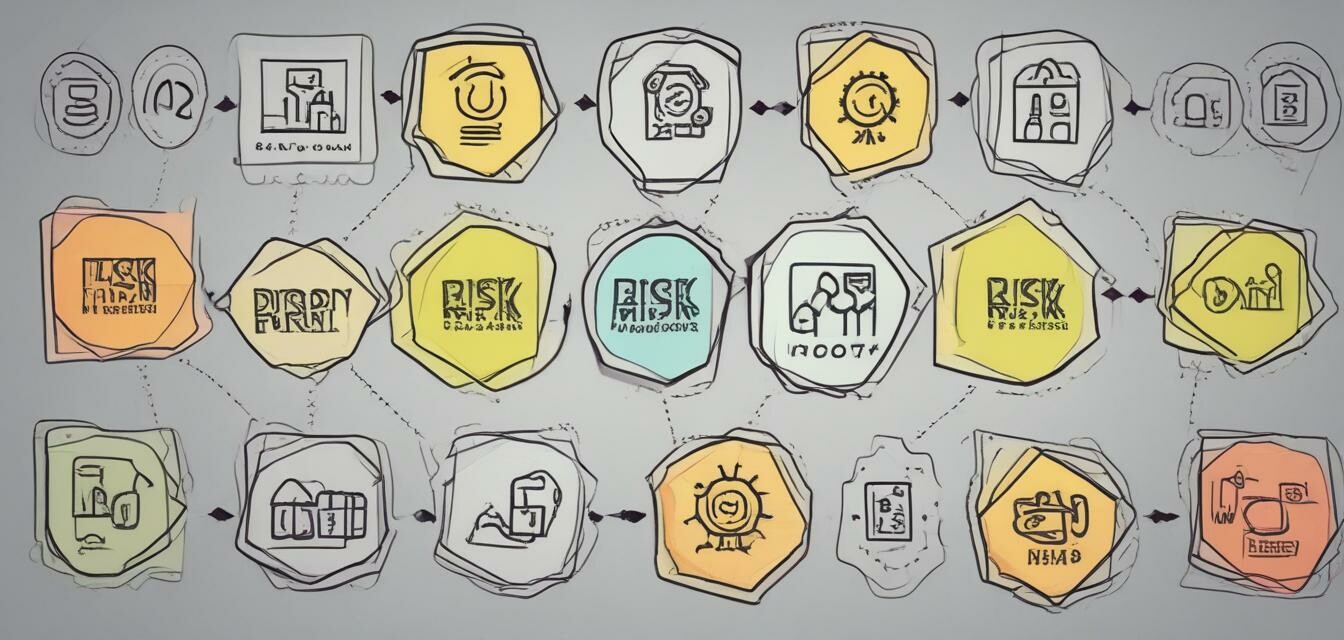
Insurance and Risk Management: A Comprehensive Guide
Understanding insurance options and risk management strategies is crucial for achieving financial stability and building wealth. In this article, we will delve into the world of insurance and risk management, providing you with a comprehensive guide to help you make informed decisions about your financial future.
Key Takeaways
- Insurance and risk management are essential components of a comprehensive financial plan.
- Understanding different types of insurance, including life, health, disability, and long-term care insurance, can help you make informed decisions.
- Risk management strategies, such as diversification and asset allocation, can help you minimize financial losses.
- Creating a risk management plan can help you identify and mitigate potential risks.
What is Insurance?
Insurance is a type of financial protection that provides compensation in the event of unexpected losses or damages. It is a way to manage risk by transferring the risk of financial loss to an insurance company in exchange for a premium.
| Type of Insurance | Description | Importance |
|---|---|---|
| Life Insurance | Provides financial protection for your loved ones in the event of your death. | Essential for families with dependents. |
| Health Insurance | Covers medical expenses in the event of illness or injury. | Crucial for maintaining good health and avoiding financial ruin. |
| Disability Insurance | Provides income replacement in the event of disability. | Important for individuals with limited financial resources. |
| Long-Term Care Insurance | Covers the cost of long-term care, such as nursing home care. | Essential for individuals planning for retirement. |

Risk Management Strategies
Risk management is the process of identifying, assessing, and mitigating potential risks that could impact your financial well-being. Here are some effective risk management strategies:
- Diversification: Spreading investments across different asset classes to minimize risk.
- Asset Allocation: Allocating assets based on risk tolerance and financial goals.
- Risk Assessment: Identifying and assessing potential risks to create a risk management plan.
- Hedging: Investing in assets that offset potential losses.

Creating a Risk Management Plan
A risk management plan is a comprehensive plan that outlines potential risks, assesses their likelihood and impact, and provides strategies for mitigating or managing those risks. Here's a step-by-step guide to creating a risk management plan:
- Identify potential risks: Brainstorm potential risks that could impact your financial well-being.
- Assess risk likelihood and impact: Evaluate the likelihood and potential impact of each identified risk.
- Develop risk management strategies: Create strategies for mitigating or managing each identified risk.
- Implement and monitor: Implement the risk management strategies and regularly monitor their effectiveness.

Benefits of Insurance and Risk Management
- Financial protection in the event of unexpected losses.
- Peace of mind knowing that you are prepared for potential risks.
- Ability to achieve long-term financial goals.
Challenges of Insurance and Risk Management
- Complexity of insurance options and risk management strategies.
- Cost of insurance premiums and risk management services.
- Time and effort required to create and implement a risk management plan.
Conclusion
Insurance and risk management are essential components of a comprehensive financial plan. providing financial protection, peace of mind, and the ability to achieve long-term financial goals. By understanding different types of insurance, risk management strategies, and creating a risk management plan, you can make informed decisions about your financial future.
For more information on budgeting tools, debt management, investment strategies, and wealth building tips, check out our resources:









